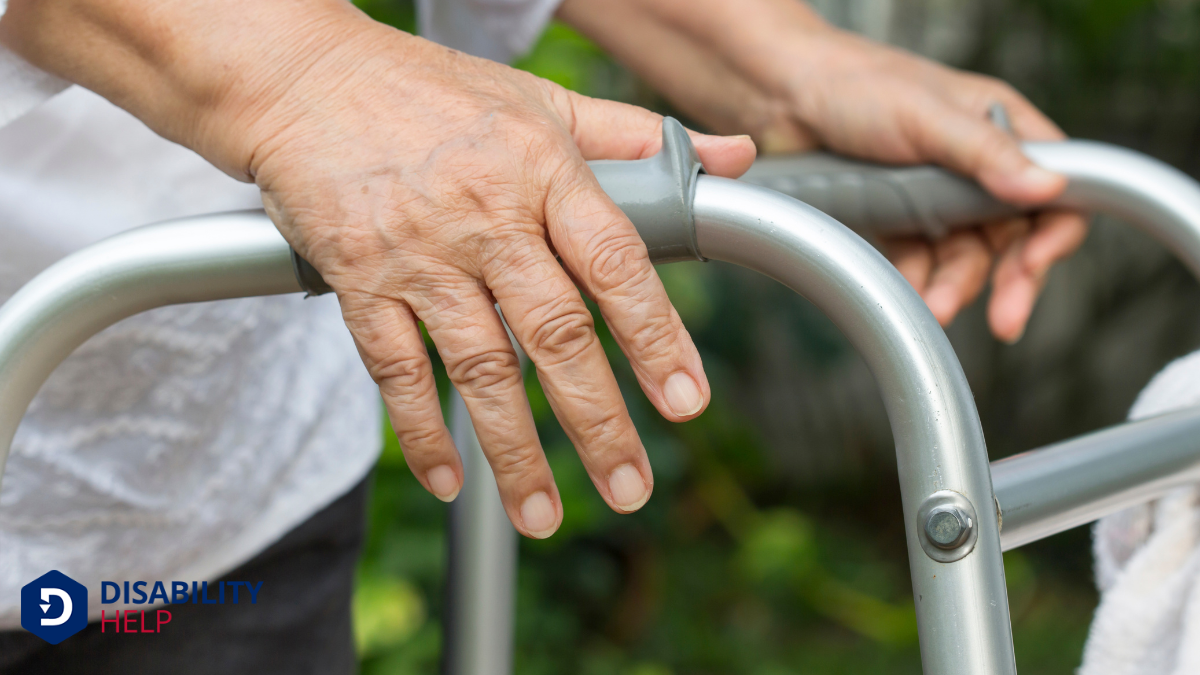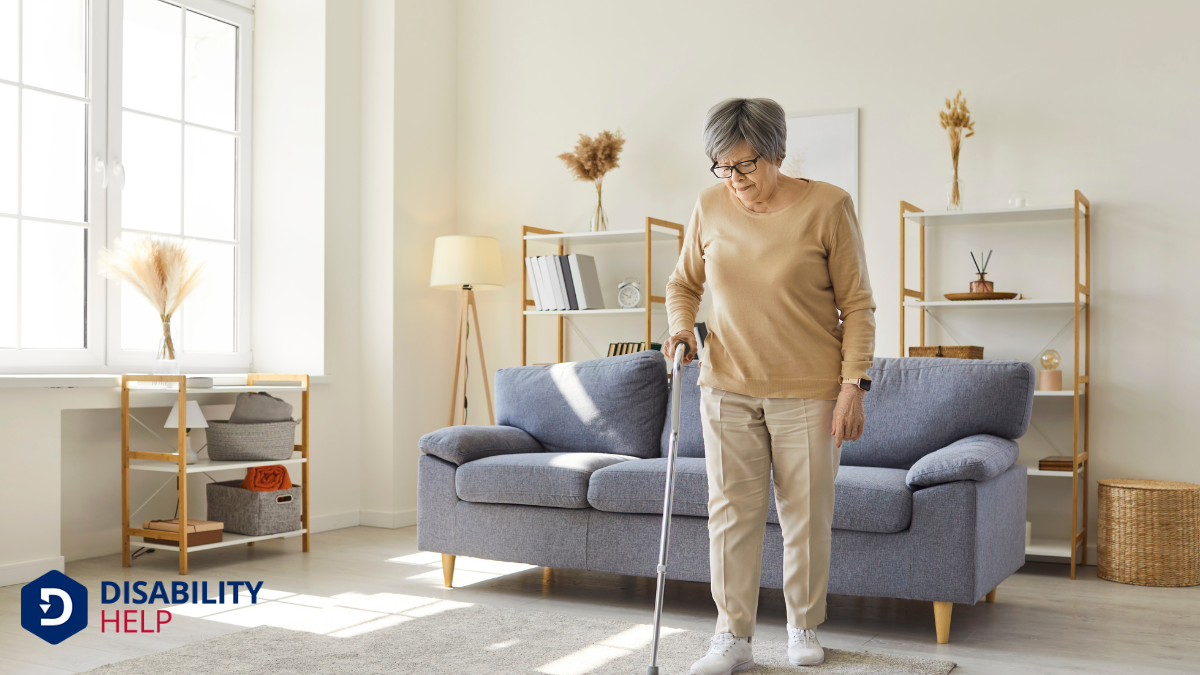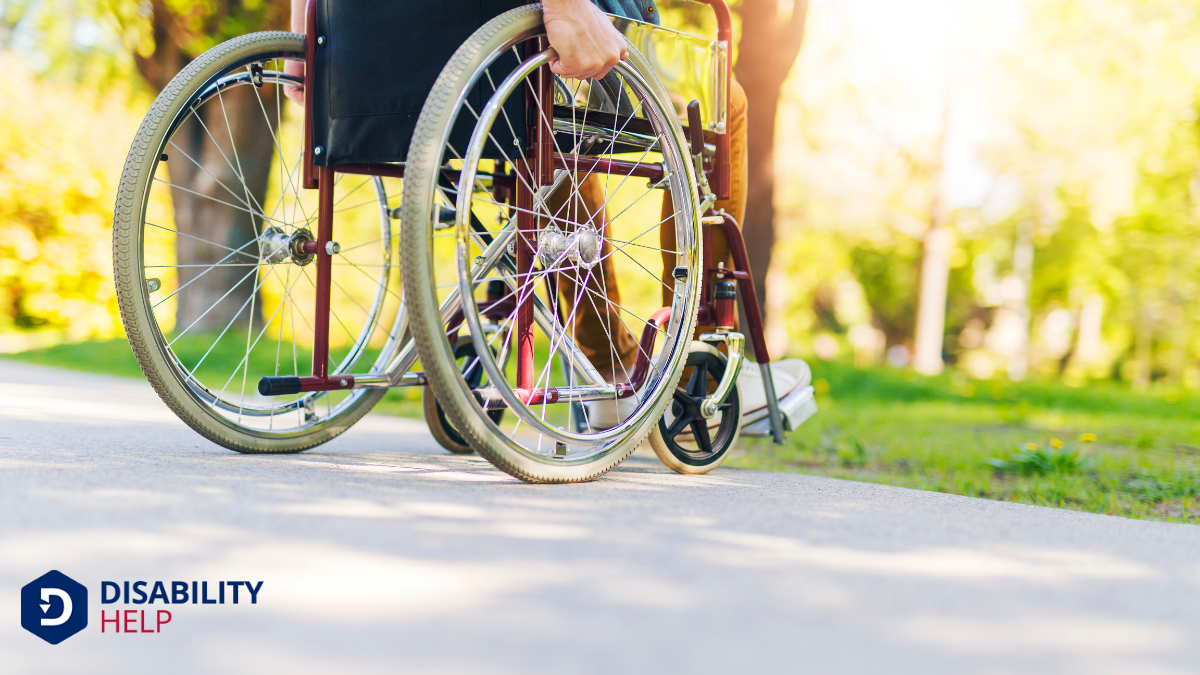When it comes to choosing the most stable assistive device, we often find ourselves weighing various options, each with its unique features and benefits. Walkers frequently top the list due to their strong support and wide base, but how do they stack up against other aids like canes or wheelchairs? Let's explore the key characteristics that enhance stability in mobility aidsDevices designed to help individuals move around more easily, such as canes, walkers, or wheelchairs... and discover which option offers the best safety and confidence.
Key Takeaways
- Walkers, particularly those with a wider base, provide maximal stability for users needing significant support.
- Quad canes offer enhanced stability compared to standard canes due to their four-point base.
- Motorized scooters with four wheels ensure stable rides across various terrains for users with mobility challenges.
- Wheelchairs, with robust frames and customizable features, offer dependable stability for daily navigation.
- Adjustable features in assistive devices ensure a personalized fit, enhancing stability and user confidence.
Understanding Stability in Mobility Aids
When it comes to mobility aids, understanding stability is essential for guaranteeing user safety and confidence. We recognize that stability in a mobility aid means it can support the user without tipping or wobbling. Our goal is to help users move freely while minimizing the risk of falls.
We must remember that different users have varying needs, so one device doesn’t fit all situations. We should consider the user’s environment, physical condition, and daily activities when choosing an aid.
Let’s also acknowledge the importance of proper training. We must guarantee that users understand how to use their aids effectively. Training helps in maximizing stability, providing users with the assurance they need to navigate their world safely.
Together, we can make informed decisions that prioritize stability and security.
Key Features That Enhance Stability

Although stability is a multifaceted concept, certain features consistently enhance it in mobility aids. We should look for wide bases, which increase contact with the ground, reducing the likelihood of tipping.
Adjustable height settings are essential, too, ensuring the device suits various body types and postures. Handles with ergonomic designs improve grip and control, while non-slip materials on these parts can prevent accidental slips.
Additionally, the weight of the device is a key factor: it should be heavy enough to provide support but light enough for easy maneuverability. Lockable wheels on wheeled aids contribute to stability, preventing unintended movement.
Finally, sturdy construction materials, like aluminum or reinforced plastic, offer a balance between strength and weight, enhancing both stability and user confidence.
Comparing Different Types of Assistive Devices
Let's explore how different assistive devices measure up regarding stability and support.
We'll examine walkerA mobility aid with a metal frame and sometimes wheels, used by individuals who need additional supp... stability features, compare caneA mobility aid used to assist with balance and walking. support options, and look at crutch durability.
Walker Stability Features
As we explore walker stability features, it’s essential to understand how different types of assistive devices cater to varied needs.
Walkers offer a broad base of support that can enhance balance and stability, especially for those who require more assistance than a cane provides. Let’s examine some key design features that contribute to their stability.
Firstly, standard walkers without wheels provide maximum support due to their firm contact with the ground. Meanwhile, rollators, or wheeled walkers, offer mobility with built-in brakes for control.
For added security, some walkers come with wider frames and adjustable height settings, allowing us to customize them for comfort and safety. Additionally, models with ergonomic grips help reduce hand fatigue.
Choosing the right walker depends on mobility requirements and personal preferences.
Cane Support Options
When it comes to cane support options, there's a surprising variety available to suit different needs. We can choose from standard canes, quad canes, and offset canes, each offering unique benefits.
Standard canes are lightweight and easy to use, ideal for those needing minimal support. Quad canes, with their four-pronged base, provide more stability and are perfect for those who require greater balance assistance. Offset canes feature a curved handle that evenly distributes weight, offering extra comfort and support.
Selecting the right cane depends on our individual requirements, including balance, strength, and comfort preferences.
We should consider the terrain we'll encounter, as well as our daily activities. By evaluating these factors, we can find the most suitable cane to support our mobility needs.
Crutch Durability Comparison
While exploring assistive devices, we find that crutches are an essential option for those needing additional support. Among the different types available, each offers varying levels of durability.
Let's compare:
Aluminum crutches are lightweight and resistant to rust, making them a popular choice for many. Their durability is reliable for everyday use, though they may dent over time.
Wooden crutches, on the other hand, provide a classic sturdiness but can be heavier and susceptible to water damage. They're less common now due to these limitations.
Fiberglass crutches combine the best of both worlds, offering strength and resistance to the elements. They're often more expensive but can be a worthwhile investment for long-term needs.
The Role of Material and Design in Stability
Understanding the role of material and design in the stability of assistive devices is vital for both users and designers. When we consider stability, we need to look at the materials used—aluminum, carbon fiber, or titanium often offer a balance of strength and weight. These materials not only affect stability but also the device's weight and durability.
The design plays a significant role, too. A wider base can enhance stability, especially for walkers or rollators. Adjustable features guarantee a personalized fit, offering more control and confidence.
Stability in Canes: What to Look For

When we consider the stability of canes, the design of the base plays an essential role in providing balance and support.
We should also pay attention to the material and durability, as these factors influence the cane's ability to withstand daily use.
Cane Base Design
A cane's base design often determines its stability and effectiveness in providing support. When selecting a cane, we should consider the base's size and shape. A larger base typically offers more stability, especially on uneven surfaces.
Quad canes, with four small feet, provide a stable platform and balance for those who need extra support. On the other hand, a single-point cane is lighter and more maneuverable, but it mightn't offer the same level of stability as multi-point designs.
We also need to think about the base's grip on different surfaces. Rubber tips can prevent slipping, enhancing safety on various terrains.
Material and Durability
While selecting a cane, we should prioritize the material and durability to guarantee long-term stability. Opting for canes made from strong materials like aluminum or carbon fiber assures they withstand daily use without compromising stability.
Aluminum provides a lightweight yet sturdy option, perfect for those who need easy maneuverability. Carbon fiber, though more expensive, offers exceptional strength and a sleek design.
We must also consider the handle, which notably affects both comfort and durability. Rubber or foam grips provide a secure hold and reduce stress on our hands.
Additionally, the cane’s tip plays a vital role in stability. Rubber tips enhance grip on various surfaces, providing reliable traction.
Let’s choose materials wisely to make certain our cane remains a dependable support for years.
Evaluating the Stability of Walkers
Before we explore the specifics, let's recognize that evaluating the stability of walkers is vital for guaranteeing user safety and confidence.
Walkers provide important support for those with mobility challenges, and choosing the right one can dramatically enhance quality of life.
When we consider stability, we must focus on key factors:
- Base Width: A wider base offers increased stability, reducing the risk of falls. We can help users feel more secure with a broader foundation.
- Weight Capacity: Confirming the walker supports the user's weight is essential. It allows us to trust that the device won’t fail under pressure.
- Grip and Traction: Non-slip grips and sturdy wheels guarantee stability on various surfaces, empowering users to move with assurance.
Motorized Scooters: Balancing Convenience and Stability
Motorized scooters offer a unique blend of convenience and stability for individuals seeking enhanced mobility solutions.
These devices provide a sense of freedom, allowing us to travel longer distances without exerting much physical effort. Their design typically includes a stable base with three or four wheels, ensuring a smooth ride over various terrains.
Scooters are equipped with user-friendly controls, making them easy to operate for those with limited dexterity. We can adjust their speed settings to suit different environments, whether indoors or outdoors.
Additionally, many models feature comfortable seating and storage options that cater to our daily needs.
While scooters deliver notable stability, we must consider factors like terrain type and scooter model.
Choosing the right scooter involves understanding personal requirements and ensuring it supports our mobility goals.
Wheelchairs: Ensuring a Secure and Stable Experience

As we explore mobility solutions, wheelchairs stand out for their emphasis on security and stability. They offer us the freedom to navigate daily life with confidence and ease.
When we choose a wheelchair, we’re selecting more than just a seat on wheels; we’re choosing a reliable partner in mobility.
Consider the following key aspects that make wheelchairs a stable choice:
- Robust Design: Wheelchairs often feature durable frames and sturdy wheels to handle various terrains safely.
- Customizable Options: Many models allow adjustments for seating, back support, and armrests, ensuring a snug and secure fit.
- Enhanced Control: With options like hand brakes and joystick navigation on power models, we gain precise control over our movement.
Let’s embrace this empowering path to independence together.
Expert and User Insights on Stable Mobility Aids
How do we determine which mobility aids truly offer the best stability? We rely on insights from both experts and users.
Experts analyze the design, materials, and technology behind each device, ensuring they meet rigorous safety standards. They often recommend aids with wider bases, non-slip features, and ergonomic designs for superior support.
Users, on the other hand, provide real-world feedback that’s invaluable. They share experiences about maneuverability on different terrains, ease of use, and comfort over long periods.
A device might technically be stable, but if it’s cumbersome or uncomfortable, it’s not ideal.
Conclusion
In our journey to understand the most stable assistive devices, we've explored various options and their features. Walkers stand out for their wide base and sturdy design, offering maximum stability to users. Canes, scooters, and wheelchairs each have their roles, but walkers provide unmatched support and confidence. As we weigh the benefits of each, it’s clear that choosing the right device depends on individual needs. Let’s prioritize safety and stability in our selection process.






